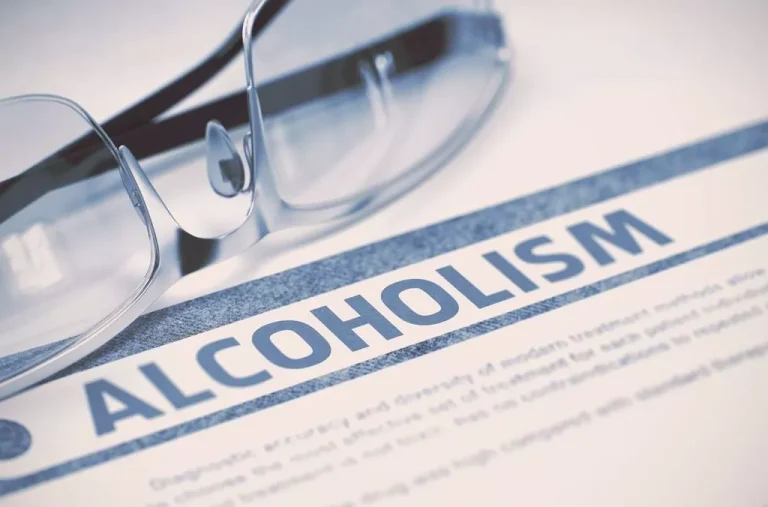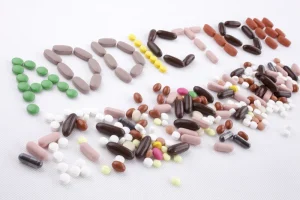
Without an adequate supply of blood and oxygen, the body’s organs and tissues can no longer function properly. In addition to the assessment of the status of the coronary arteries, cardiac catheterization may help obtain useful information regarding https://ecosoberhouse.com/ cardiac output, the degree of aortic or mitral valvular disease, and cardiac hemodynamics and filling pressures. Importantly however, remember that much of this information can be derived or inferred from the results of noninvasive testing.
How to Diagnose ACM
- In a world-wide setting, alcohol use disorders show similarities in developed countries, where alcohol is cheap and readily available [8].
- The primary treatment for ACM involves complete abstinence from alcohol or other drugs.
- The diagnosis of ACM is usually one of exclusion in a patient with DCM with no identified cause and a long history of heavy alcohol abuse.
- In light of the available data, new studies will help to clarify the current prognosis of ACM compared to DCM and to determine prognostic factors in ACM that might differ from known prognostic factors in DCM.
- Clinical Review BoardAll Healthwise education is reviewed by a team that includes physicians, nurses, advanced practitioners, registered dieticians, and other healthcare professionals.
- In fact, it is considered relatively rare when compared to conditions like coronary artery disease, heart failure, or arrhythmias.
Some individuals have a genetic predisposition that makes them more susceptible to the toxic effects of alcohol on the heart. Genetics can influence how the body metabolizes and reacts to alcohol, affecting the likelihood of developing alcoholic cardiomyopathy is especially dangerous because alcoholic cardiomyopathy. The continuous loss of heart muscle cells along with the inflammatory responses and oxidative stress can potentially lead to enlargement of the heart chambers, particularly the left ventricle.
LIMITATIONS OF ACM STUDIES

In a subsequent study using electron microscopy, the authors found histological features that could be superimposed onto those found in hearts that had suffered hypoxia, anoxia or ischemia[43]. Analogous to the sarcoplasmic reticulum, the mitochondria were swollen or oedema was present, with crest alterations and intra-mitochondrial inclusions suggesting degenerative processes (Figure (Figure2).2). Moreover, myofibrils showed a progressively distorted structure, resulting in a homogeneous mass.

Derangements in Fatty Acid Metabolism and Transport
Your healthcare provider is the best person to explain the risks and possible complications that you might face from this condition itself, related health concerns or any of the treatments that you will receive. Your doctor will also ask you about your medical history and drinking habits. It’s important to be honest with your doctor about the extent of your alcohol use, including the number and amount of drinks you have each day. This will make it easier for them to make a diagnosis and develop a treatment plan. Studies of alcohol and stroke are complicated by the various contributing factors to stroke.
- Alcohol-related cardiomyopathy is a type of dilated cardiomyopathy, which is when your heart’s shape changes because its muscles are stretching too much.
- Jugular venous distention, peripheral edema, and hepatomegaly are evidence of elevated right heart pressures and right ventricular dysfunction.
- Summary of studies using pharmacologic inhibition or genetic manipulation to suppress ethanol-induced changes in cardiac structure and function.
- Importantly however, remember that much of this information can be derived or inferred from the results of noninvasive testing.
- Electrolyte abnormalities, including hypokalemia, hypomagnesemia, and hypophosphatemia, should be corrected promptly because of the risk of arrhythmia and sudden death.
- Alcohol-induced cardiomyopathy is a condition that can have major impacts on your life over time.
However, if alcoholic cardiomyopathy is caught early and the damage isn’t severe, the condition can be treated. It’s very important to stick with the treatment plan and to stop drinking alcohol during recovery. It’s important to note that alcoholic cardiomyopathy may not cause any symptoms until the disease is more advanced.
The postulated mechanism includes mitochondria damage, oxidative stress injury, apoptosis, modification of actin and myosin structure, and alteration of calcium homeostasis. Studies have shown an increase in reactive oxygen species (ROS) level in myocytes following alcohol consumption and thus causes oxidation of lipids, proteins, and DNA leading to cardiac dysfunction. These changes are related to both direct alcohol toxicity on cardiac cells and the indirect toxicity of major alcohol metabolites such as acetaldehyde. Despite the key clinical importance of alcohol as a cause of DCM, relatively few studies have investigated the effects of alcohol on the heart and the clinical characteristics of DCM caused by excessive alcohol consumption (known as alcoholic cardiomyopathy). Excessive intake of alcohol may result in increased systemic blood pressure in a dose-response relationship, and this may contribute to chronic myocardial dysfunction.

Acute vs. chronic

Data from Jing et al., also support a role for CYP2E1 activation and changes in oxidative stress markers, such as superoxide dismutase, glutathione peroxidase and malondialdehyde protein levels (30). No changes in heart weight-to-body weight ratios were found, however the myocardium from ethanol-treated animals showed fibrosis, and an irregular, disorganized myocyte pattern. All of these latter changes were prevented by the administration of either Valsartan (angiotensin II receptor blocker, 5mg/kg/d) or carnitine (antioxidant, 2 g/d), suggesting a role for angiotensin II and oxidative stress (30). In addition, there was also no evidence of nitrative damage in transgenic mice with knockout of the angiotensin I receptor (AT1-KO) fed ethanol for a similar amount of time (43).
